Child’s Pose is a posture commonly practiced in yoga classes and home programs. It is often prescribed by physical therapists as a way to increase mobility and decrease stiffness acquired in our day to day life.
Let’s take a deeper dive into the creation of the shape of the posture, benefits, and ways to tailor this pose to your physical needs.
Create the physical shape of Child’s Pose
All postures have a physical shape and an energetic feel. Here are instructions on how to achieve the physical shape of the posture:
- Start in table top with your feet together and knees apart.
- Send your rear end back so that buttocks are on your heels and your chest is resting on your thighs.
- Find a comfortable place for your head and hands. My favorite option is to stack my fists and place my forehead on my fists.
- Soften your belly. As you inhale, breathe into the side and back of the rib cage. This encourages mobility of the ribs that often hold unneeded tension.
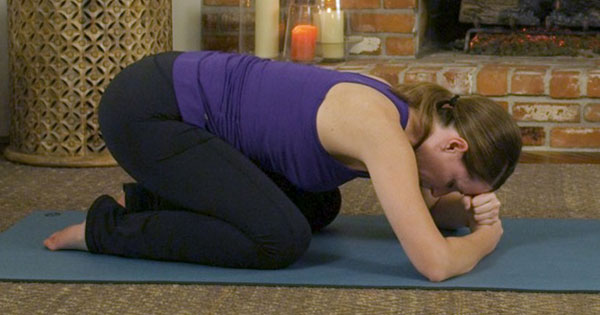
Traditional Child’s pose with forehead on stacked fists
Make Child’s Pose work for you
The beauty of a yoga practice is its flexibility (no pun intended!). That is, you can make adjustments to the positioning and use props. Try some of the variations below and make it work for you!
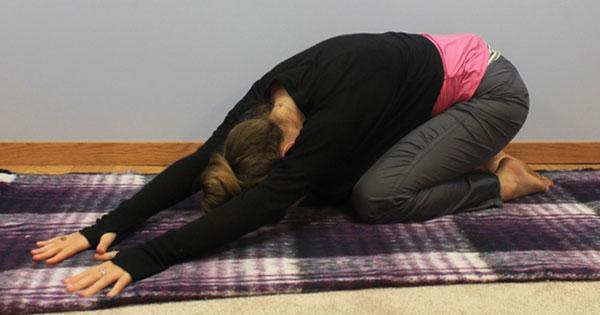
Reaching to the left in Child’s pose
Positioning your hips and feet
I recommended trying this posture with the feet together and knees apart. This creates more space in the hip joint.
You might find, if your hips allow it, that you prefer to have your knees and your feet together.
Is your body craving more space at your hip creases? Place a blanket at the space where your abdomen and thighs meet to increase the angle of flexion at your hip.
Are you finding the top of the ankles hanging in space rather than on the mat? Place a rolled towel under the top of your ankles.
Where to put your arms
I recommended the forehead fist stack, but there are lots of options for the arms.
Try having your arms forward and resting your head on the mat or towel over the mat. You’ll feel a nice stretch in your latissimus dorsi muscles.
Experiment with bringing your arms to your side and wrapping your hands around to hold at your heels.
Supporting your knees
If your knees are not happy in full flexion (pain with bending them the whole way), place a blanket under your thighs so that your rear end is sitting on the blanket, rather than straight on your heels.
If this doesn’t work, modify this posture by coming into Puppy Stretch (keeping your rear end in the air) or coming on to your back into Modified Happy Baby.
Make it restorative
Transform Child’s Pose into a restorative posture.
Place a bolster between your inner thighs and reach your spine long as you lay forward. Hug your arms around the front end and under the bolster.
You could also place a block underneath the bolster.
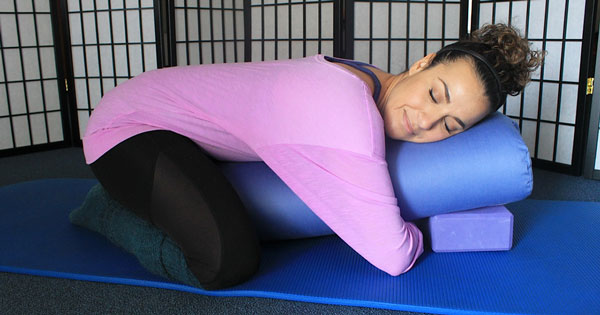
Why choose Child’s Pose?
Flexibility
Child’s Pose increases flexibility of the:
- back
- hips
- front of thighs
- top of ankle
- upper back/shoulders if arms are forward
Downregulation
Child’s Pose also offers a moment of introspection. Taking a pause in this posture, especially when paired with paced breathing or the dirgha (3 part) breath, calms the sympathetic nervous system.
Digestive support
For students with gastrointestinal issues, this can be a helpful posture for releasing gas. Some people find placing a pillow between the thighs and the abdomen helpful in aiding the movement process.
Pelvic floor muscle imagery
This posture offers an opportunity for imagery of the pelvic floor muscles from the access point of the ischial tuberosities.
Bringing attention to the sitz bones, imagine drawing a circle around the ischial tuberosity, softening the tissue around the attachment sites of the hamstrings, adductors, and sacrotuberous ligament.
Who is this posture good for?
This posture is particularly for helping manage constipation, overactive bladder, interstitial cystitis/painful bladder syndrome, and dysmenorrhea.
Additionally, most adults need more opportunities to move in a variety of ways as we are often stuck in prolonged sitting postures during the day.
Extra credit
Rock backs
Prepare for Child’s Pose by performing ten Rock Backs as a warm up.
Rock Backs are great for lubricating the hip joint, getting a backwards glide of the hip joint, and dissociating the movements of the spine and hip.
Increase flexibility and improve respiration
To increase flexibility of the latissimus dorsi and improve respiration:
- Walk your hands, arms, and shoulders to the right.
- Breathe into the left side of the rib cage, expanding out to the side as you breathe in.
- Exhale, allowing your body to settle towards the floor.
- Hold for 5-10 breaths and repeat on the other side.
Energetics of the Posture
Child’s Pose is a restorative forward bend. The energy of the pose might feel safe, protected, nurtured, and calming.
Notice what feelings arise for you as you practice this pose. Notice if the energy of the posture changes if you try Child’s Pose laying on your side. Have fun experimenting with the subtlety!
Enjoy and move easefully!
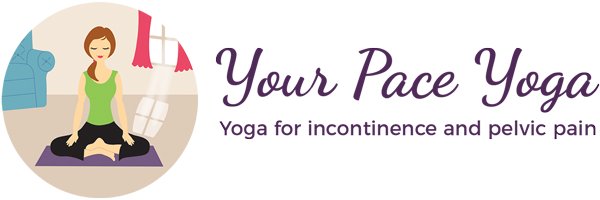
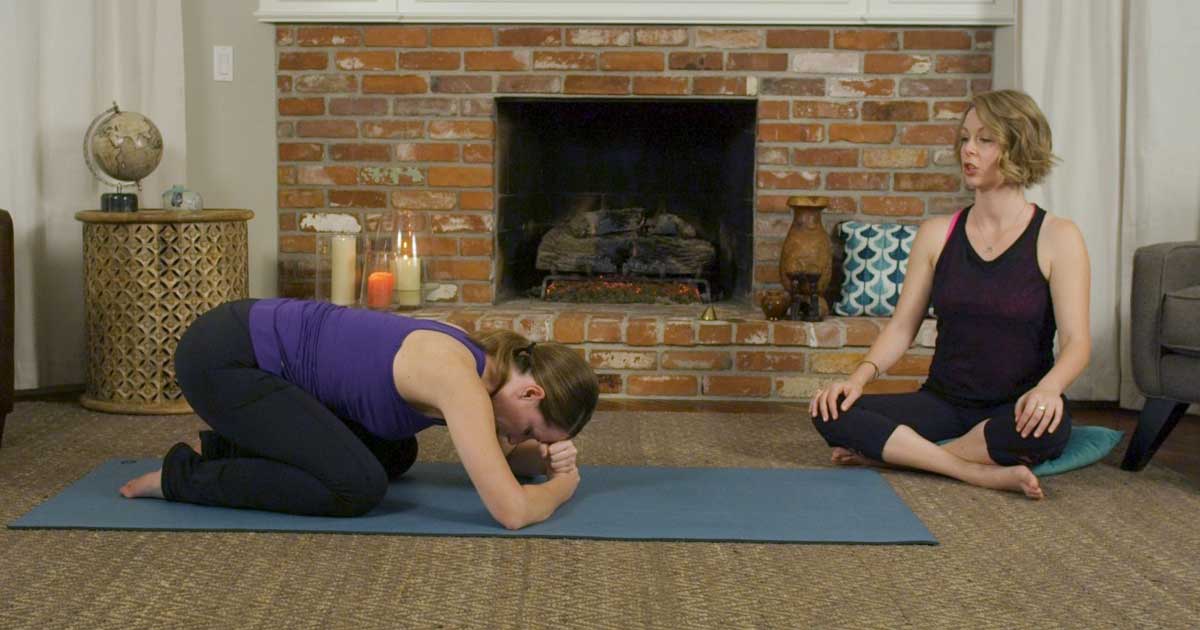
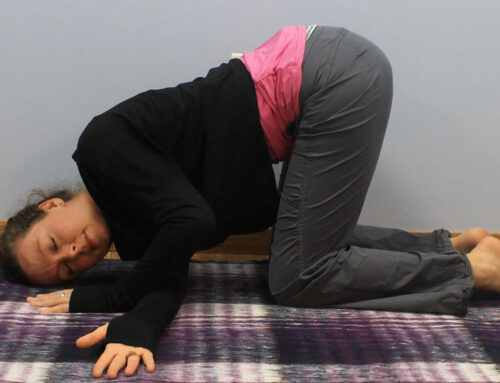
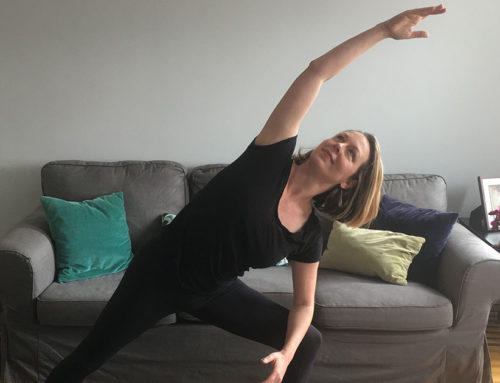
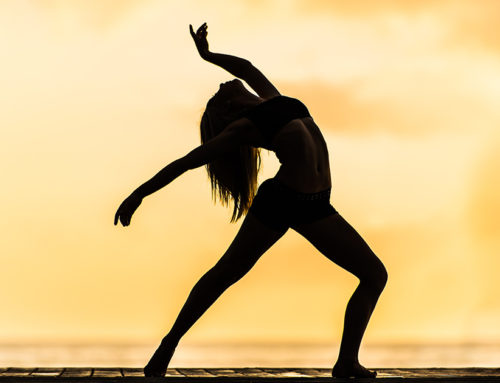
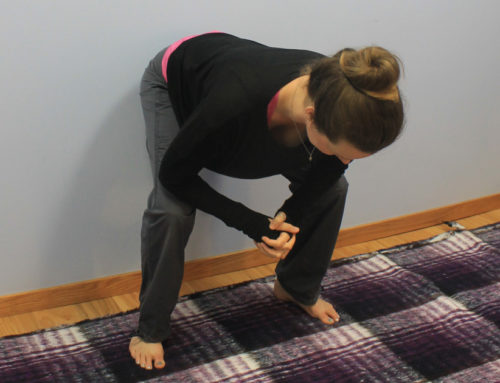
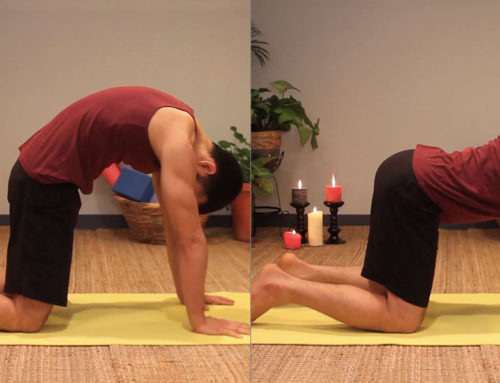
[…] the spine in all directions: Cat/Cow, Child’s Pose, Thread the Needle, and Sphinx. Spend time in the pose that your body needs the most. Be sure to […]
[…] for Half Moon by performing Extended Child’s Pose as a […]
[…] Child’s Pose. Perhaps starting in a table top position feels comfortable but Child’s Pose is too much of a […]